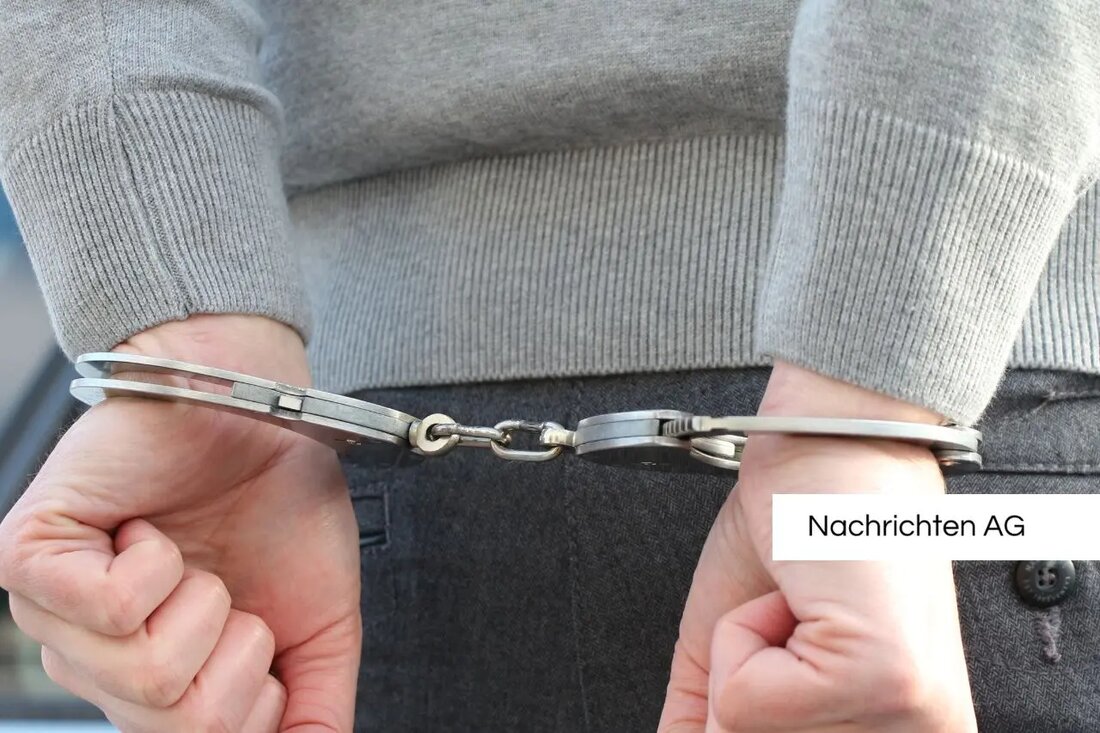Anti -Semitic violence in Dortmund: The Shadow of the Weimar Republic
Anti -Semitic violence in Dortmund: The Shadow of the Weimar Republic
In the spring of 1920, Dortmund experienced a worrying wave of anti -Semitic violence. These riots were largely fueled by the Reichswehr and Freikorps, the Jewish citizens threatened: threatened inside and thus created the breeding ground for the ideology of the National Socialists. On March 13, 1920, the Kapp-Lüttwitz-Putsch, which was staged by reactionary forces from the Reichswehr under Wolfgang Kapp and Walther von Lüttwitz to overthrow the Weimar Republic. The coup failed after four days thanks to a nationwide general strike.
The reaction of the labor movement in the Ruhr area was impressive: they formed the "Red Ruhr Army" to fight the coupons. After the failed coup, the workers demanded the disarmament of the free corps. But instead of calming the situation, the Reich government reacted with repressive measures. On April 4, 1920, the Reichswehr marched into Dortmund. This military presence quickly led to an increase in anti -Semitic attacks.
anti -Semitic riots in Dortmund
The Freikorps Oberland, which not only represented anti -Semitic and anti -republican views, was particularly active, but also acted against the Jewish population in an aggressive way. Soldiers of the Free Corps distributed anti -Semitic leaflets and smeared Jewish shops with hate slogans. These excesses not only took place in restaurants, but also in public places. A Reichswehr officer insulted the editor of the Dortmund Tageblatt, while Rabbi Dr. Jacob turned to military leadership to end the riots - an appeal that remained largely ineffective.On April 12, 1920, unknowns once again distributed anti -Semitic leaflets in front of the Dortmund synagogue. The violence was not only against adults, but also affected Jewish children and teachers: inside. Two 13-year-old boys were arrested because they tried to remove anti-Semitic posters. The rector of a Jewish school was arrested and abused. This escalation of violence and discrimination reached its peak when Jewish graves were smeared with swastikas on Pentecost night.
Another incident occurred when a popular assembly of the Central Association was to be violently disturbed before the elections. The intervention of a major prevented worse. Reichswehr soldiers openly expressed their views that their task was to eradicate "communists and Jews". These anti -Semitic riots gradually decreased after the troops were deducted on June 7, 1920 and laid the foundation for the rise of the NSDAP in Dortmund, which was already founded on May 1, 1920.
the origin of the Antifa
The anti -fascist campaign Logo, which shows two flags, symbolically stands for socialism and anarchism. Historical events such as the Kapp-Lüttwitz-Putsch mobilized the workers' movement and thus also anti-fascist groups that defended themselves against the emerging NSDAP. The main goals of Antifa are the fight against right -wing extremism and the promotion of anti -capitalist and anti -racist principles. With its wide range of actions that range from demonstrations to militant protests, Antifa has not only influenced social movements in Germany, but also fights against right -wing extremist ideologies in an international network.
| Details | |
|---|---|
| Quellen | |


Kommentare (0)